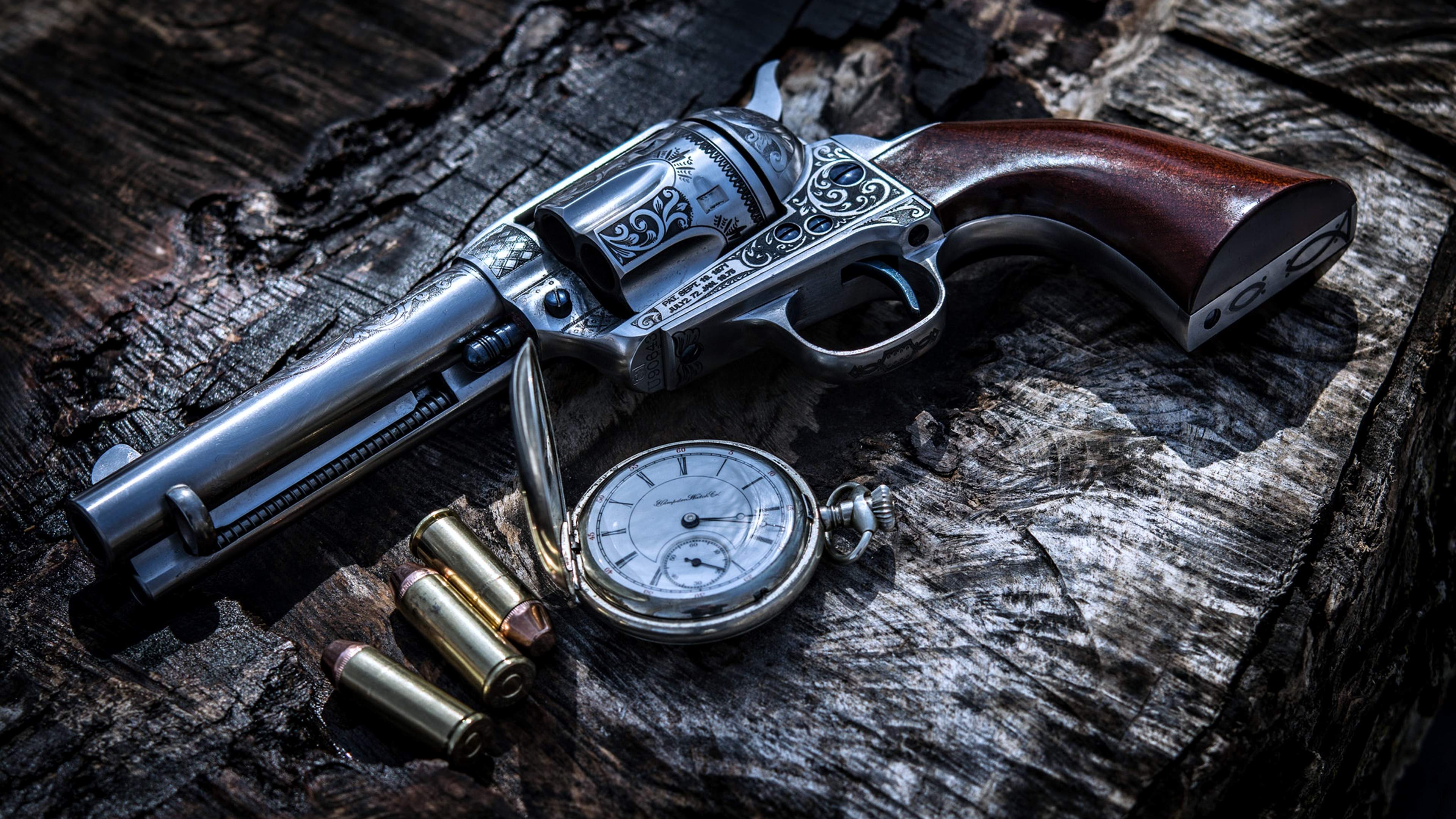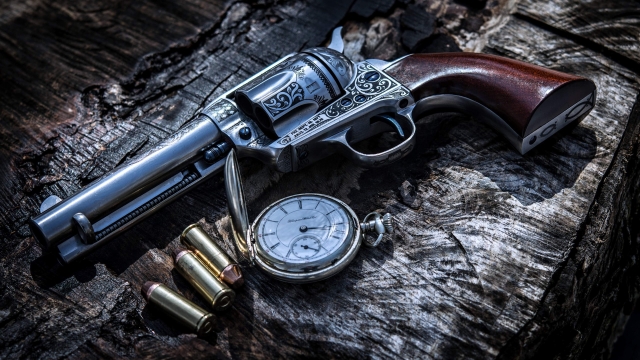In today’s world, firearms have become a topic of both fascination and controversy. Whether for sport, self-defense, or military use, these powerful objects have shaped our history and continue to play a significant role in society. With their ability to propel ammunition at high velocities, firearms have captured the imagination of many, while also raising important questions regarding safety, regulations, and ethics.
Ammunition is the lifeblood of firearms, providing the force needed to transform an inert object into a lethal weapon. From the intricately designed bullets used for target shooting to the larger and more destructive projectiles meant for military purposes, the engineering behind ammunition is both complex and fascinating. Understanding the different types of ammunition and the science behind its deployment adds a layer of intrigue to the world of firearms.
The world of firearms is vast and diverse, encompassing various designs, sizes, and models. From handguns to rifles and shotguns, each category offers distinct advantages and applications. The craftsmanship and innovation behind the creation of firearms continue to push boundaries, paving the way for new technology and improved functionality. As we delve deeper into this world, we uncover a rich tapestry of history, engineering, and culture that is entwined with the evolution of firearms.
While firearms provide a means of protection, recreation, and even artistic expression for some, their presence also ignites debates on issues such as gun control, public safety, and the responsibility of firearm owners. Balancing personal freedoms with the greater good of society remains a challenge, as nations across the globe grapple with finding common ground in firearm legislation.
Join us as we explore the multifaceted world of firearms, uncovering the stories behind these powerful machines, and shedding light on the ongoing discourse surrounding their use and regulation. From the historical milestones that shaped their development to the implications they hold for our future, this examination aims to provide a comprehensive understanding of firearms and their impact on our world.
Types of Ammunition
In the world of firearms, ammunition plays a crucial role. It is the fuel that powers these powerful weapons, providing the necessary energy to propel bullets with accuracy and force. Understanding the different types of ammunition is essential for any firearm enthusiast or those who seek to familiarize themselves with this fascinating field.
-
Rifle Ammunition:
Rifle ammunition is specifically designed for long-range shooting with rifles. These cartridges are typically larger than those used in handguns and are capable of firing bullets at higher velocities. They come in various calibers, such as .308 Winchester, .223 Remington, and .30-06 Springfield. Each caliber is suitable for different purposes, ranging from hunting to target shooting. -
Handgun Ammunition:
Handgun ammunition is used in pistols and revolvers, which are designed for more close-quarters engagements. Unlike rifle ammunition, handgun cartridges are usually smaller in size but still pack a significant punch. Popular calibers for handgun ammunition include 9mm, .45 ACP, and .40 S&W. The choice of caliber may depend on factors like self-defense, competition shooting, or law enforcement needs. -
Shotgun Ammunition:
Shotgun ammunition distinguishes itself from rifle and handgun ammunition with its unique design. Instead of firing a single bullet, shotguns disperse multiple small pellets, or "shot," which spread out as they travel. This makes shotguns ideal for hunting birds, clay shooting, or close-range self-defense. Common shotgun calibers include 12 gauge, 20 gauge, and .410 bore.
Understanding the different types of ammunition is crucial for firearm enthusiasts to make informed decisions about their firearm selection and use. While this section only scratches the surface of the vast world of ammunition, it provides a foundational understanding of the various types used in rifles, handguns, and shotguns.
Different Categories of Firearms
There are various categories of firearms that cater to different uses, preferences, and shooting styles. Understanding these categories is essential for both enthusiasts and those who are new to the world of firearms.
Handguns are compact firearms designed to be held and operated with one hand. This category includes pistols and revolvers. Pistols are semi-automatic firearms that commonly use magazines to hold multiple rounds of ammunition. Revolvers, on the other hand, have a rotating cylinder that holds the ammunition and rotates to bring each round into firing position.
Rifles are long-barreled firearms that are fired from the shoulder. They are versatile firearms, suitable for a range of activities including hunting, sport shooting, and self-defense. Rifles typically have a longer effective range compared to handguns. They can be further categorized based on their action type, such as bolt-action, lever-action, semi-automatic, and fully automatic.
Shotguns are firearms that discharge a group of small pellets or a single solid projectile called a slug. Shotguns are primarily used for hunting birds and large game, as well as for sport shooting and home defense. They have a wide range of barrel lengths and can be categorized based on their action type, such as pump-action, break-action, and semi-automatic.
By understanding the different categories of firearms, individuals can better appreciate the diversity and purpose behind each type. Whether it be for self-defense, recreational shooting, or hunting, there is a firearm suited to meet each individual’s specific needs.
Safety Measures and Responsible Ownership
In order to ensure the safe use and ownership of firearms, it is crucial to implement a number of safety measures. Responsible ownership means understanding the potential risks associated with firearms and taking necessary precautions to prevent accidents or misuse.
First and foremost, proper storage of firearms is essential. Guns should be kept securely locked away in a gun safe or a lockable cabinet, out of reach from unauthorized individuals. This helps to prevent accidents, theft, or access by children or individuals who are not trained in firearm safety.
Regular maintenance and inspection of firearms is another important safety measure. This ensures that the firearms are in proper working condition and reduces the chances of malfunctions or accidents during use. Cleaning and proper storage of ammunition is also essential for maintaining safety.
Additionally, anyone who owns a firearm should invest time in comprehensive firearm training and education. This includes learning about safe handling, proper storage techniques, as well as understanding and following all local laws and regulations. Being well-informed about these aspects not only promotes responsible ownership but also helps to prevent accidents and potential legal complications.
Overall, safety measures and responsible ownership go hand in hand when it comes to firearms. By taking these precautions seriously, we can contribute to a safer environment for both gun owners and the general public. It is the responsibility of every firearm owner to prioritize safety and ensure that their firearms are used and stored in a responsible manner.

